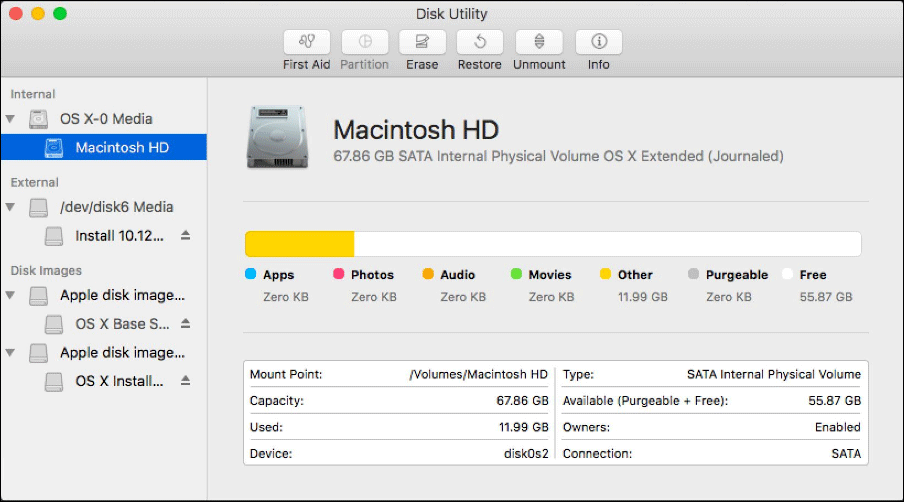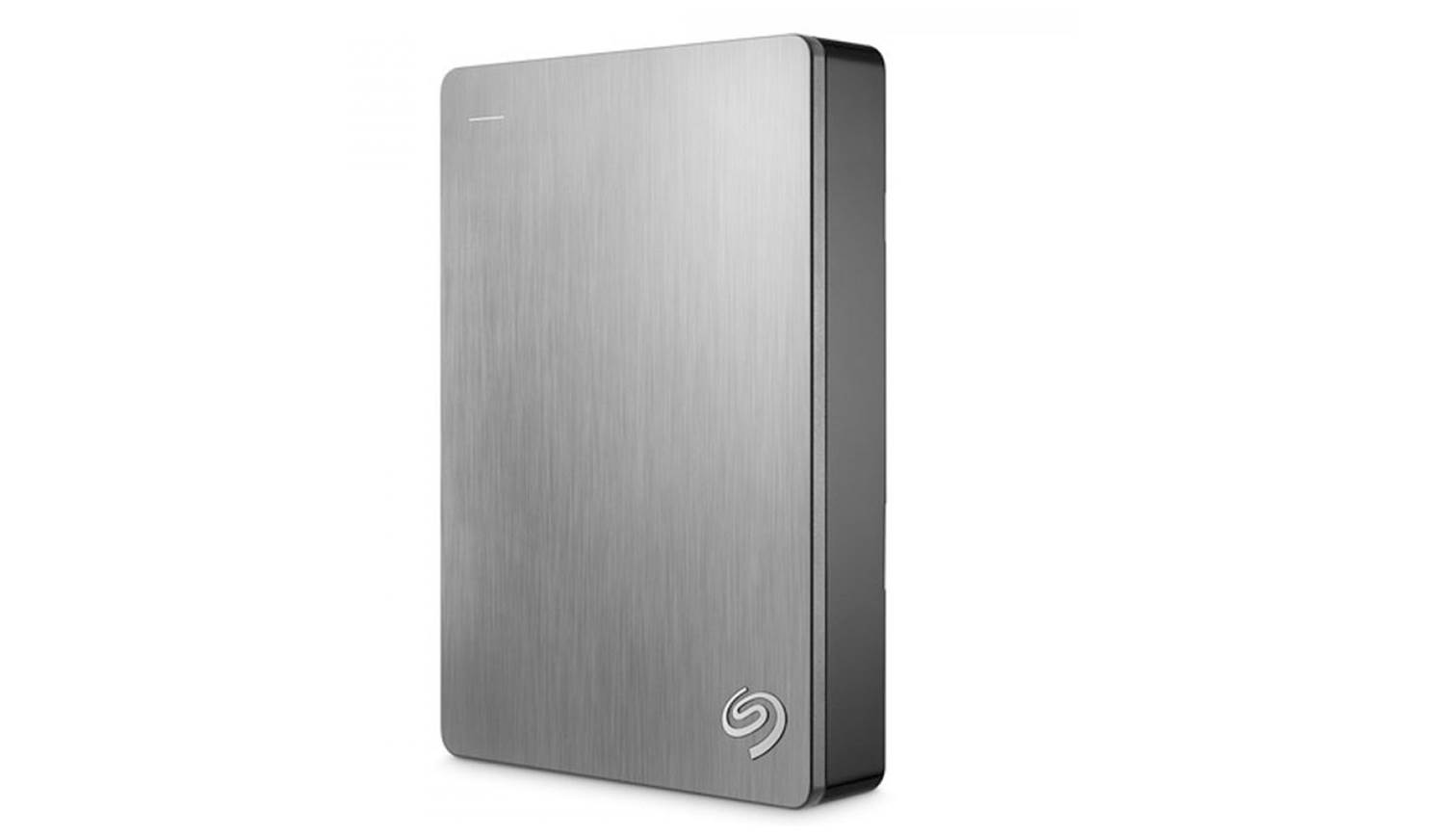

 If you plan to use your drive for File History backups on a Windows computer, and you use only Windows, stick to NTFS (New Technology File System). So how do those five file systems differ, and which one is right for you? Non-Linux computers can use five main file systems: NTFS, HFS+, APFS, exFAT, and FAT32. If you use a Mac, the likelihood that you’ll have to reformat the drive is higher. But if you buy a drive secondhand or if you plan to switch between operating systems, you may still need to reformat it for use on Windows. If you have SSDs, then many SSDs have a built-in hardware secure erase feature, but this requires using the manufacturer's proprietary SSD management utility, or using a Linux system which has free open source command line utilities to access the built-in hardware secure erase feature.If you buy an external drive-such as one of our recommended portable or desktop hard drives, portable solid-state drives, or USB 3.0 flash drives-you may need to reformat it to work with your operating system of choice, since different operating systems use different file systems to process data.Īlthough it’s true that any drive is compatible with both Windows and macOS once it’s formatted properly, most drives come preformatted for Windows out of the box. If Disk Utility does not have the secure erase option anymore, then you can use the command line to write zeroes to the hard drive. Do not write zeroes to an SSD as it won't fully erase the SSD due to how SSDs work plus doing so adds unnecessary wear to the SSD. If Filevault was not enabled and you want to securely erase the data on the drive, then see if you can do a secure erase by writing a single pass of zeroes to the hard drive when performing the erase (it will be under Advanced or Options button, but I'm not sure it is available anymore although I think a co-worker was doing this with their external hard drive). This procedure will erase a drive even if Filevault was enabled on it.
If you plan to use your drive for File History backups on a Windows computer, and you use only Windows, stick to NTFS (New Technology File System). So how do those five file systems differ, and which one is right for you? Non-Linux computers can use five main file systems: NTFS, HFS+, APFS, exFAT, and FAT32. If you use a Mac, the likelihood that you’ll have to reformat the drive is higher. But if you buy a drive secondhand or if you plan to switch between operating systems, you may still need to reformat it for use on Windows. If you have SSDs, then many SSDs have a built-in hardware secure erase feature, but this requires using the manufacturer's proprietary SSD management utility, or using a Linux system which has free open source command line utilities to access the built-in hardware secure erase feature.If you buy an external drive-such as one of our recommended portable or desktop hard drives, portable solid-state drives, or USB 3.0 flash drives-you may need to reformat it to work with your operating system of choice, since different operating systems use different file systems to process data.Īlthough it’s true that any drive is compatible with both Windows and macOS once it’s formatted properly, most drives come preformatted for Windows out of the box. If Disk Utility does not have the secure erase option anymore, then you can use the command line to write zeroes to the hard drive. Do not write zeroes to an SSD as it won't fully erase the SSD due to how SSDs work plus doing so adds unnecessary wear to the SSD. If Filevault was not enabled and you want to securely erase the data on the drive, then see if you can do a secure erase by writing a single pass of zeroes to the hard drive when performing the erase (it will be under Advanced or Options button, but I'm not sure it is available anymore although I think a co-worker was doing this with their external hard drive). This procedure will erase a drive even if Filevault was enabled on it. 
Select the physical drive and erase it as GUID partition and MacOS Extended (Journaled), or APFS (top option), or exFAT depending on how the drive will be used. Within Disk Utility click "View" and select "Show All Devices" so that the physical drives appear on the left pane of Disk Utility.







 0 kommentar(er)
0 kommentar(er)
